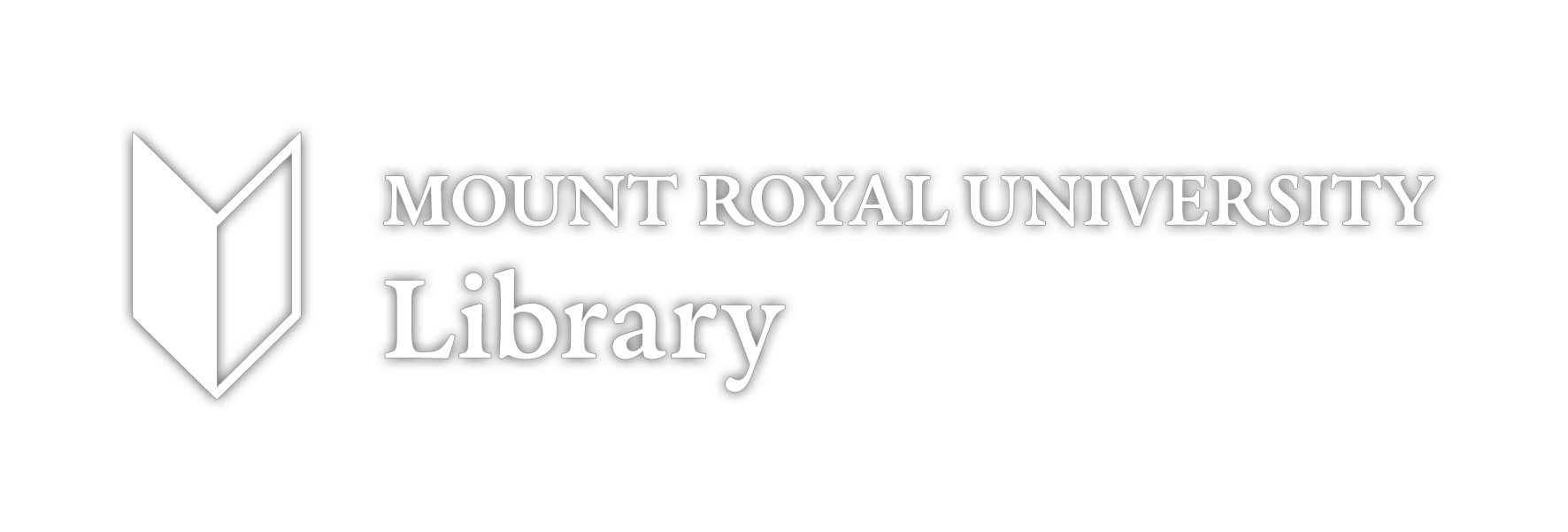File
Restorative discipline and the school-to-prison pipeline
Digital Document
| Content type |
Content type
|
|---|---|
| Collection(s) |
Collection(s)
|
| Resource Type |
Resource Type
|
| Genre |
Genre
|
| Origin Information |
|
|---|
| Persons |
Author (aut): Levay, Jenna
Thesis advisor (ths): King, Doug
|
|---|---|
| Organizations |
Degree granting institution (dgg): Mount Royal University
|
| Abstract |
Abstract
Unless you have children, are a teacher or school administrator, or feel you were mistreated by
the education system during your school-aged years, you may not think much about the
disciplinary actions used within our school systems. However, from a societal perspective, it’s
important to understand that a common recurring theme within educational disciplinary action is
the usage, and over usage of suspension and expulsion as punishment (Monahan et al., 2014).
Studies have shown that the misuse of suspension and expulsion can and does lead children
toward a life of criminalization and institutionalisation (Monahan et al., 2014). This phenomenon
is known as the school-to-prison pipeline (Monahan et al., 2014), and it fundamentally influences
crime rates in Canada. Even the phrase ‘school-to-prison pipeline’ sounds inherently damaging
to our children for obvious reasons, but the main reason society should care about this
phenomenon is because it is forcefully filtering today’s young people into the criminal justice
system. There are other options. Introduced through the concept of Restorative Justice, an idea
called Restorative Discipline was conceived (Hass-Wisecup & Saxon, 2018).
Restorative Discipline, when implemented with intention, collaboration, and consistency,
vastly reduces the school-to-prison pipeline by allowing children to make mistakes, learn from
their mistakes, understand the concept of reparation, and be empowered to make amends
(Hass-Wisecup & Saxon, 2018). This study highlights the significant gap in restorative justice
and restorative discipline literature, research, and practices within Canada. This study will
analyze various school Codes of Conduct from across Canada, delve deeper into the meaning
and understanding of the school-to-prison pipeline, and explain restorative discipline practices in
action. Further, this study offers five recommendations that can be easily implemented on a
day-to-day basis, for any school system and school personnel who may want to make a change. |
|---|---|
| Language |
Language
|
| Degree Name |
Degree Name
|
|---|---|
| Degree Level |
Degree Level
|
| Department |
Department
|
| Institution |
Institution
|
| Extent |
Extent
1 online resource (38 pages)
|
|---|---|
| Physical Form |
Physical Form
|
| Physical Description Note |
Physical Description Note
OTHER
|
| DOI |
DOI
10.60770/58xy-bh45
|
|---|
| Use and Reproduction |
Use and Reproduction
This work is completed in entirety by Jenna Levay. All rights are reserved to the information provided within this document.
author
|
|---|
| Subject Topic | |
|---|---|
| Geographic Subject |
Geographic Subject
|
mru_808.pdf283.54 KB
241-Extracted Text.txt62.47 KB
